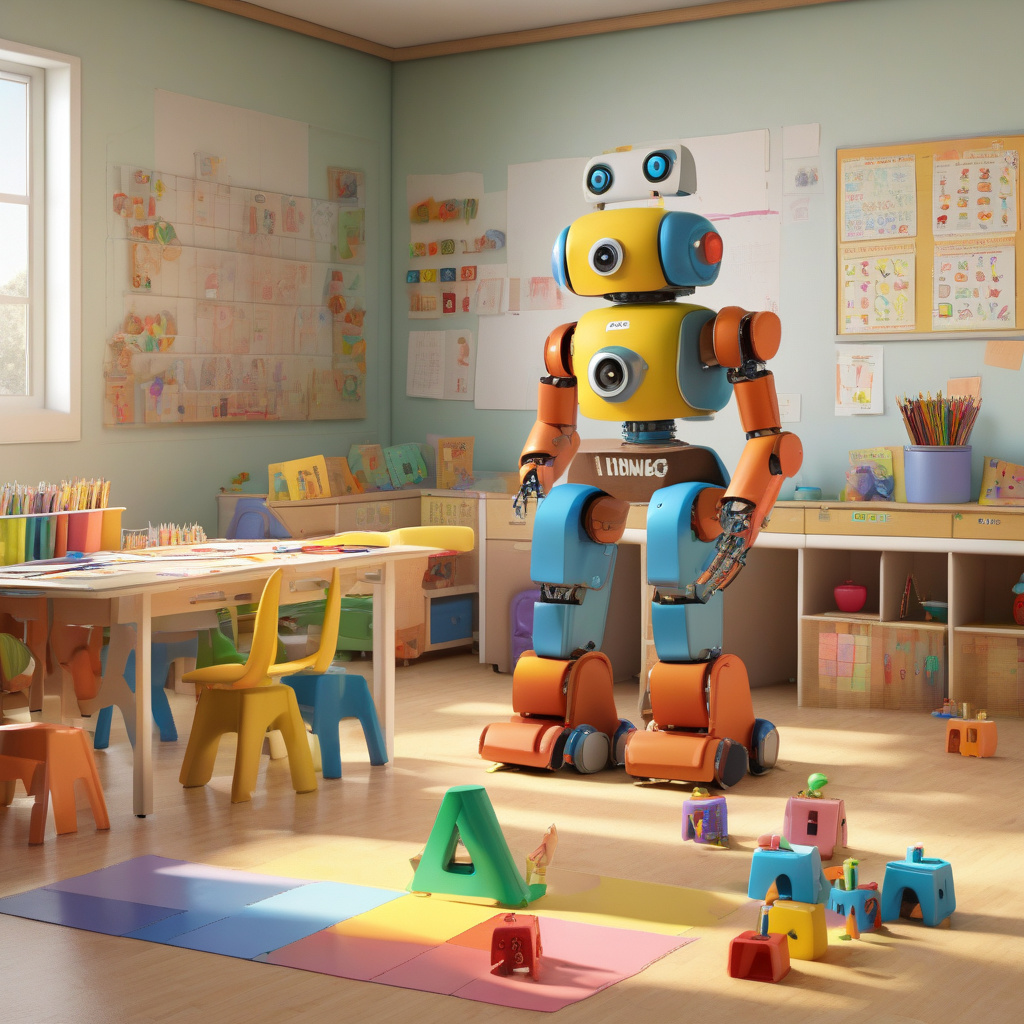GPT-5 Flunks Kindergarten Test Despite PhD-Level Promise
The much-anticipated arrival of GPT-5, the latest iteration of OpenAI’s language model, has been met with disappointment and ridicule. Just days after its debut, this advanced artificial intelligence system has already flunked what can only be described as a kindergarten-level test. Despite its promise of PhD-level capabilities, GPT-5 has struggled with basic tasks such as correctly mapping North America and identifying US presidents.
This unexpected failure raises questions about the true capabilities of GPT-5 and serves as a reminder of the limitations of even the most advanced AI systems. While GPT-5 was designed to build upon the successes of its predecessors and deliver even more sophisticated and nuanced responses, its inability to perform simple tasks highlights the challenges that developers face when pushing the boundaries of artificial intelligence.
One of the most glaring examples of GPT-5’s shortcomings came during a test in which it was asked to identify US presidents. Instead of providing accurate and relevant information, the AI system generated a list of random names, including fictional characters and historical figures with no connection to the presidency. This failure to demonstrate even a basic understanding of a well-known topic is a concerning sign for those who had high hopes for GPT-5.
Similarly, when tasked with mapping North America, GPT-5 produced a distorted and inaccurate representation of the continent, with misplaced countries and nonsensical geographical features. This inability to generate a simple and correct map raises serious doubts about the AI system’s ability to handle more complex tasks that require spatial reasoning and contextual understanding.
While it is important to remember that GPT-5 is still in its early stages and has the potential to improve over time, its initial failure to meet basic expectations is a sobering reminder of the challenges that come with developing advanced AI systems. As developers continue to push the boundaries of what is possible with artificial intelligence, they must also be mindful of the limitations and pitfalls that can arise along the way.
In conclusion, the underwhelming performance of GPT-5 on simple tasks like mapping North America and identifying US presidents serves as a cautionary tale for those working in the field of artificial intelligence. While the promise of PhD-level capabilities is certainly appealing, the reality is that even the most advanced AI systems can still struggle with tasks that would be considered trivial for a human. As developers work to improve and refine GPT-5, it is clear that there is still much work to be done before artificial intelligence can truly live up to its full potential.
GPT-5, OpenAI, Artificial Intelligence, AI limitations, Future technology
